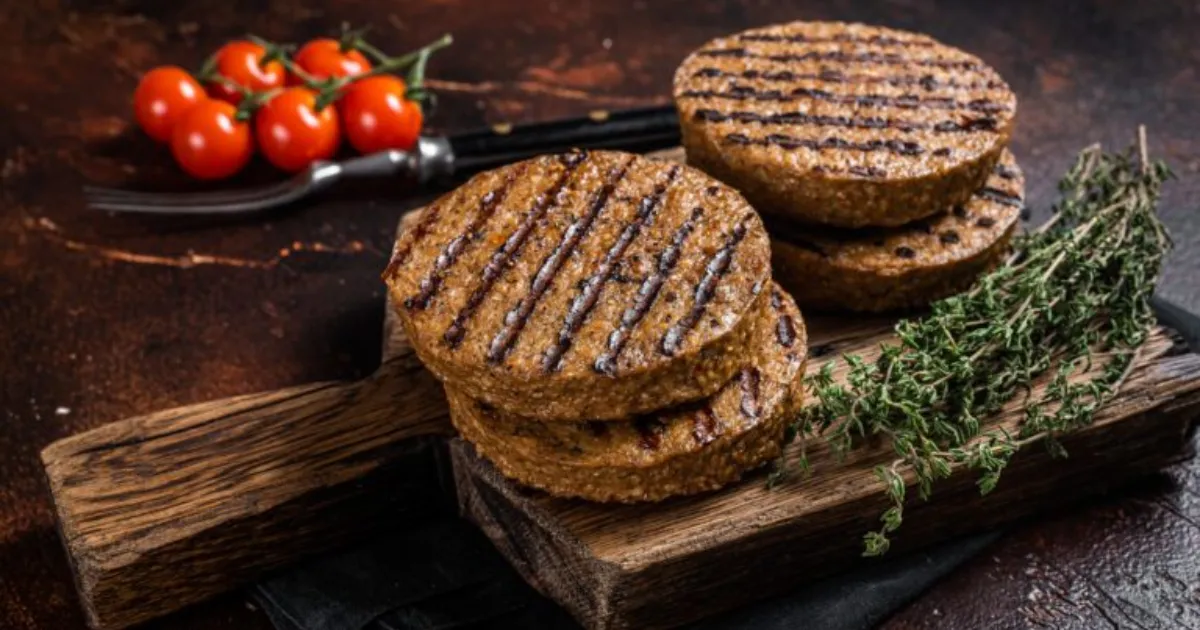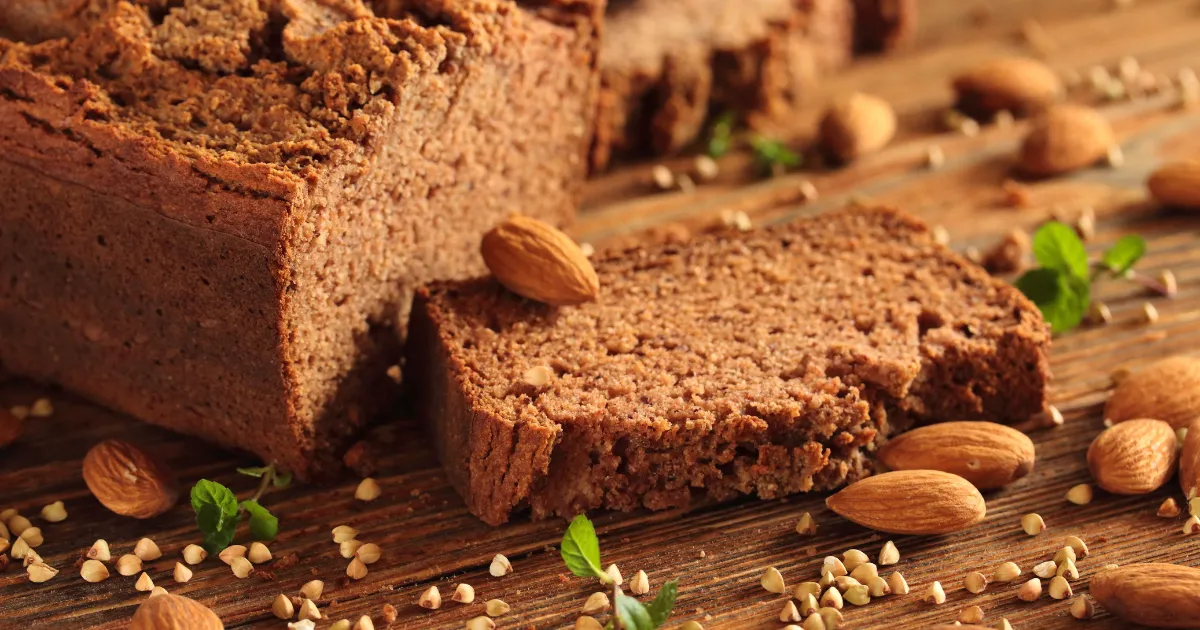Continuous mixing for alternative (protein) products
Production of alternative (protein) products demands precise control over ingredient hydration, structure development, and temperature, while protecting sensitive functional components and ensuring hygienic, allergen-safe processing. Continuous mixing enables consistent product quality at industrial scale, reducing processing time, and allowing faster cleaning compared to traditional batch methods.



